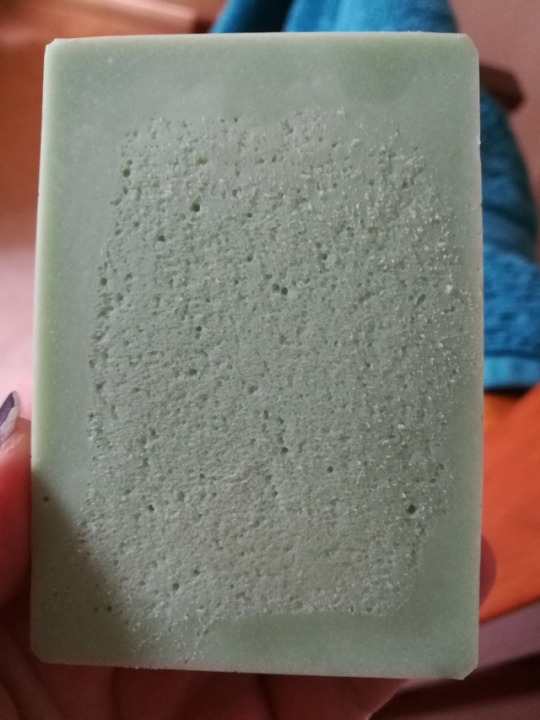Izzye
Active Member
This is the first time I've ever made soap so I'm not entirely sure what's going on here. The recipe was 150g olive oil (pomace if that makes a difference), 50g coconut oil, 28g lye, 66g water, a bit of green dye and a superfat level of 3%.
It was left in the pantry over the weekend and then turned out and put in the airing cupboard a couple of days ago but I couldn't resist having a look at it and when I turned it over it had this weird bubbling on the bottom.
What have I done wrong? Or was it just a bad combination?

It was left in the pantry over the weekend and then turned out and put in the airing cupboard a couple of days ago but I couldn't resist having a look at it and when I turned it over it had this weird bubbling on the bottom.
What have I done wrong? Or was it just a bad combination?

















































